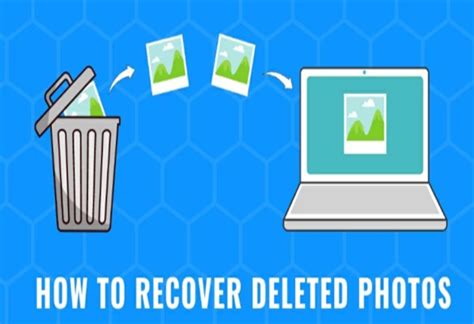How to Backup Deleted Photos: A Comprehensive Guide
Losing precious photos is a devastating experience. Fortunately, recovering deleted photos is often possible, and preventing future losses through proactive backups is crucial. This guide provides a comprehensive approach to both retrieving lost photos and establishing a robust backup strategy.
Understanding Photo Deletion
Before diving into recovery methods, it's important to understand what happens when you delete a photo. When you delete a photo from your device (phone, camera, computer), it's not immediately erased. Instead, the space it occupied is marked as available for new data. The actual photo data remains on the storage until overwritten. This window of opportunity is crucial for recovery.
Recovering Deleted Photos
Several methods can help recover deleted photos, depending on where they were stored:
From Your Phone (Android & iOS)
-
Check the Recently Deleted Album: Both Android and iOS devices have a "Recently Deleted" album (or similar feature) where photos are stored temporarily before permanent deletion. Check this album immediately after realizing you've deleted a photo. You usually have a few days to recover them from here.
-
Use Cloud Services: If you use cloud storage services like Google Photos, iCloud, or Dropbox, check your cloud backups. These often retain deleted photos for a period of time.
-
Use Data Recovery Software: Several apps are designed to recover deleted photos from your phone's internal storage. Research reputable options and carefully follow their instructions. Caution: Always back up your phone before using data recovery software, as improper use can lead to further data loss.
From Your Computer
-
Check the Recycle Bin: On Windows, deleted photos usually go to the Recycle Bin. Emptying the Recycle Bin permanently deletes the files, so check it immediately. On macOS, the equivalent is the Trash.
-
Use Data Recovery Software: Similar to phone recovery, specialized software for Windows and macOS can scan your hard drive for deleted photo files. Again, exercise caution and back up your data if possible beforehand.
-
Check Previous Backups: If you regularly back up your computer using external hard drives or cloud services, restore the photos from the backup.
From a Memory Card
- Use a Card Reader: Connect your memory card to your computer using a card reader. Then, use data recovery software to scan the card for deleted files. Treat memory cards carefully to avoid further data loss.
Preventing Future Photo Loss: Backup Strategies
The best way to avoid the heartache of lost photos is to implement a robust backup strategy. Consider these methods:
Cloud Storage
Services like Google Photos, iCloud, Dropbox, and OneDrive automatically back up your photos to the cloud, providing an offsite backup in case your device is lost or damaged. Many offer free storage, but you might need a paid subscription for larger collections.
External Hard Drives
Regularly backing up your photos to an external hard drive provides a physical copy of your valuable memories. Consider using a portable hard drive for easy transport and a second hard drive for redundancy.
NAS (Network Attached Storage)
For those with large photo collections, a NAS offers a centralized storage solution accessible from multiple devices. It combines the benefits of cloud storage (access from anywhere) and external hard drives (local storage).
Combination Approach (Best Practice)
The safest approach is a combination of methods. Using cloud storage and an external hard drive (or NAS) provides both offsite and onsite backups, offering maximum protection against data loss.
Remember, the key is regularity. Set a schedule (daily, weekly, monthly) to ensure your backups are always up-to-date.
Choosing the Right Backup Solution for You
The best backup solution depends on your individual needs and budget. Consider factors like storage capacity, budget, ease of use, and security when making your choice.
By following these steps, you can greatly increase your chances of recovering deleted photos and safeguard your precious memories from future loss. Remember that acting quickly after deletion is crucial for successful recovery.
